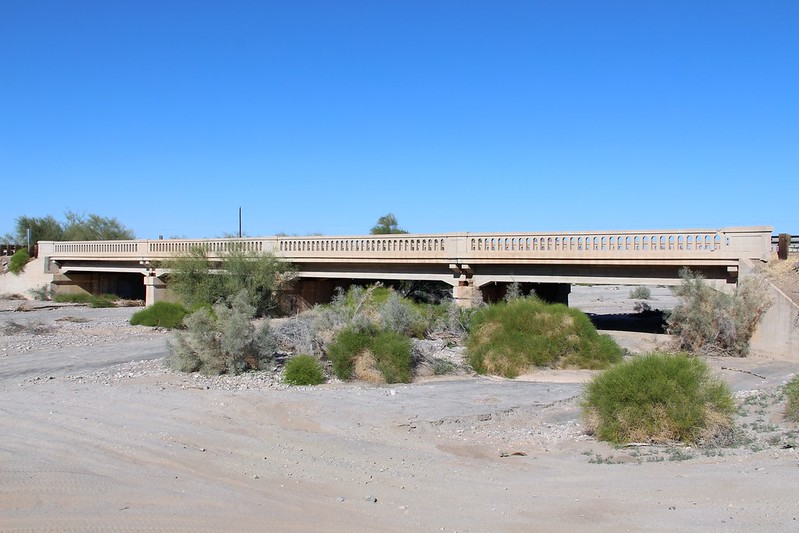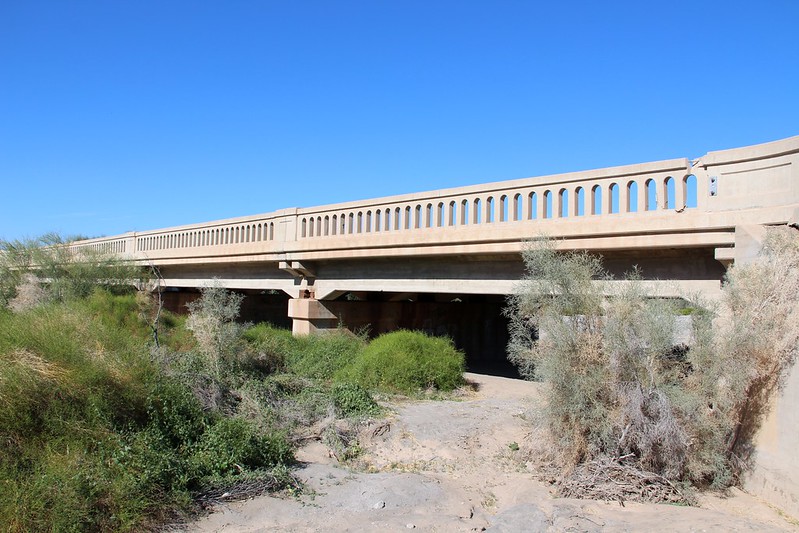2020 was the year of the bridge for northern Arizona
2020 was the year of the bridge for northern Arizona
2020 was the year of the bridge for northern Arizona
2020 was the year of the bridge for northern Arizona
PHOENIX – While 2020 presented many challenges, the Arizona Department of Transportation continued to serve drivers in northern Arizona by using different methods, including the innovative bridge slide, to improve bridges to keep cross-country commerce flowing and increase the mobility of local traffic.
In Flagstaff, ADOT completed the replacement of the Fourth Street bridge over Interstate 40 on the east side of town in just six months using the innovative bridge slide method. The slide method allowed ADOT to construct the bridges to one side, then slide them into place over one long closure which greatly reduced the impact to the traveling public.
The new bridge improves safety, traffic flow and mobility in the area by increasing the number of lanes for vehicles to use and adding a protected path for bicycles and pedestrians on one side of the bridge. The protected path connects the Flagstaff Urban Trail System across the interstate.
Along Interstate 15 through the Virgin River Gorge, ADOT resurfaced the decks of Bridge No. 2 and Bridge No. 5, while Bridge No. 4 received a new deck. Work was completed this summer after important additional repairs were made. These improvements will ensure the continued life of these bridges to safely move cars and trucks cross-country.
For this project, ADOT used a first-of-its-kind queue warning system that included portable message boards informing drivers of stop-and-go traffic ahead. Using equipment that detects traffic in real-time, the system is designed to help reduce collisions as traffic builds.
ADOT also improved the Interstate 17 bridge over McConnell Drive as you come into Flagstaff. The project, which began in 2019, involved a full bridge deck replacement, bridge widening and sidewalk construction on the north side of McConnell Drive.
For more ways on how ADOT continues to serve drivers in northern Arizona, visit azdot.gov/projects and click on the North Central District.



